The most famous Prague chess player is Wilhelm Steinitz, the first official World Champion in chess history. He was born on 14 May 1836, at a time when Prague was still part of the Austrian Empire. The house in which the future world champion was born no longer stands, as Steinitz, the ninth child of Josef Salomon Steinitz and his wife Anna, spent his childhood in the Jewish ghetto in Prague, of which only remnants remain today. The Austrian chess historian Michael Ehn writes in a readable and informative article about Steinitz's hitherto little researched childhood and youth:
In 1849 the forced residence of Jews in the ghetto was abolished. In 1850 the Prague ghetto was one of the last in Europe to be abolished and incorporated into Prague as a fifth district under the name of Josefstadt (Josefov). The Jews of the ghetto could now move freely in Prague and throughout the monarchy. ... By 1900 most of the former ghetto had disappeared, and by 1913 it was indistinguishable from the rest of the city, as almost all the buildings had been rebuilt or renovated. (Michael Ehn, "The Young Steinitz: Legends and Reality", Karl 1/2012, p. 11)
Steinitz's birthplace no longer stands, but a plaque on the building of the Faculty of Philosophy of Charles University on the banks of the Vltava river commemorates him.

Today, the area where the Jewish ghetto used to be located is one of the most expensive neighbourhoods in Prague, but living conditions in the former ghetto were difficult and cramped. However, they have always provided material for legends and inspired, among others, the Austrian writer and mystic Gustav Meyrink to write his famous novel The Golem, which is set in Prague's Jewish quarter in the 19th century and is considered a classic of fantastic literature. It first appeared as a serialised novel in the magazine Die Weißen Blätter from December 1913 to August 1914 and was then published in book form in 1915.
An important character in the novel is the medical student and chess player Innozenz Charousek, with whom Meyrink remembers Rudolf Charousek. Charousek was born in Prague on 19 September 1873 and was one of the ten best players in the world at the height of his career. He was regarded as a possible challenger to the world champion Emanuel Lasker, whom he defeated in the Nuremberg Tournament of 1896.
But a world championship match against Lasker did not take place, as Charousek, who suffered from great poverty throughout his life, died of tuberculosis in Budapest on 18 April 1900 at the age of just 26.
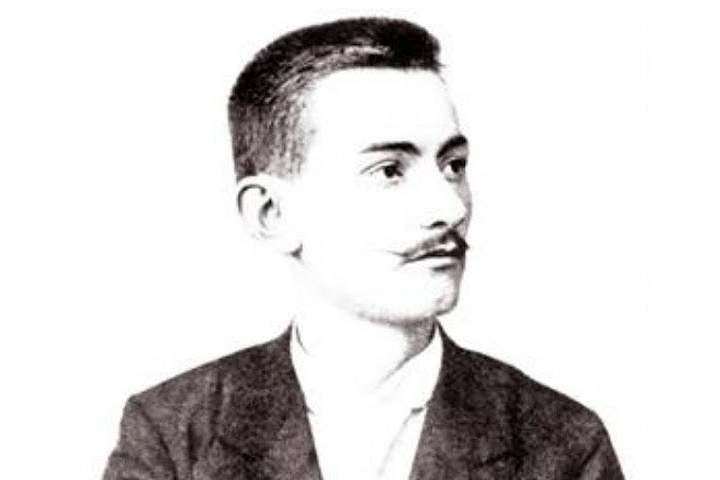
Rudolf Charousek
Meyrink probably knew Charousek personally, as the writer was also a passionate chess player and lived in Prague from 1883 to 1903, where he graduated from high school, worked as a banker, studied mysticism, took his first literary steps and married Hedwig Aloysia Certl, his first wife, in 1893. After further stations in Vienna and Munich, Meyrink settled in Starnberg in Bavaria in 1920, where he died on 4 December 1932. Meyrink remained faithful to chess until the end of his life and during his time in Starnberg he became club champion of the Starnberg Chess Club three times.

Gustav Meyrink | Photo: Wikipedia
Steinitz, who had fallen out with his father and had to fend for himself from the age of 15, left Prague in 1858 to go to Vienna to study at the Polytechnic Institute together with the future writer and social reformer Josef Popper, with whom Steinitz maintained a lifelong friendship. However, Steinitz broke off his studies in the summer semester of 1859, presumably because he preferred to spend his time in the city's chess cafés rather than in the lecture hall or the university library, and at some point decided to live entirely from chess.
As a brief note in the memoirs of the banker and entrepreneur Alfred Schwalb reveals, Steinitz regularly went to Café Wien to play chess when he was still living in Prague. (Cf. Ehn, p.11). There are many nice cafés in Prague today, but you will search in vain for a classic chess café.
In the past, chess players liked to meet at the Café Louvre, which is not far from Wenceslas Square at Národní 116/20. Opened in 1902 and reopened in 1992, the café used to be a favourite meeting place for artists and intellectuals such as Franz Kafka and Max Brod. Brod once noted in his diary after a visit to the café: "With K. in the Cafe Louvre, we read Laforgue. Beautiful, gentle hours in which I feel completely safe." (Source: PragToGo) Today, only old photos in the Café Louvre remind us of its past as a chess café.
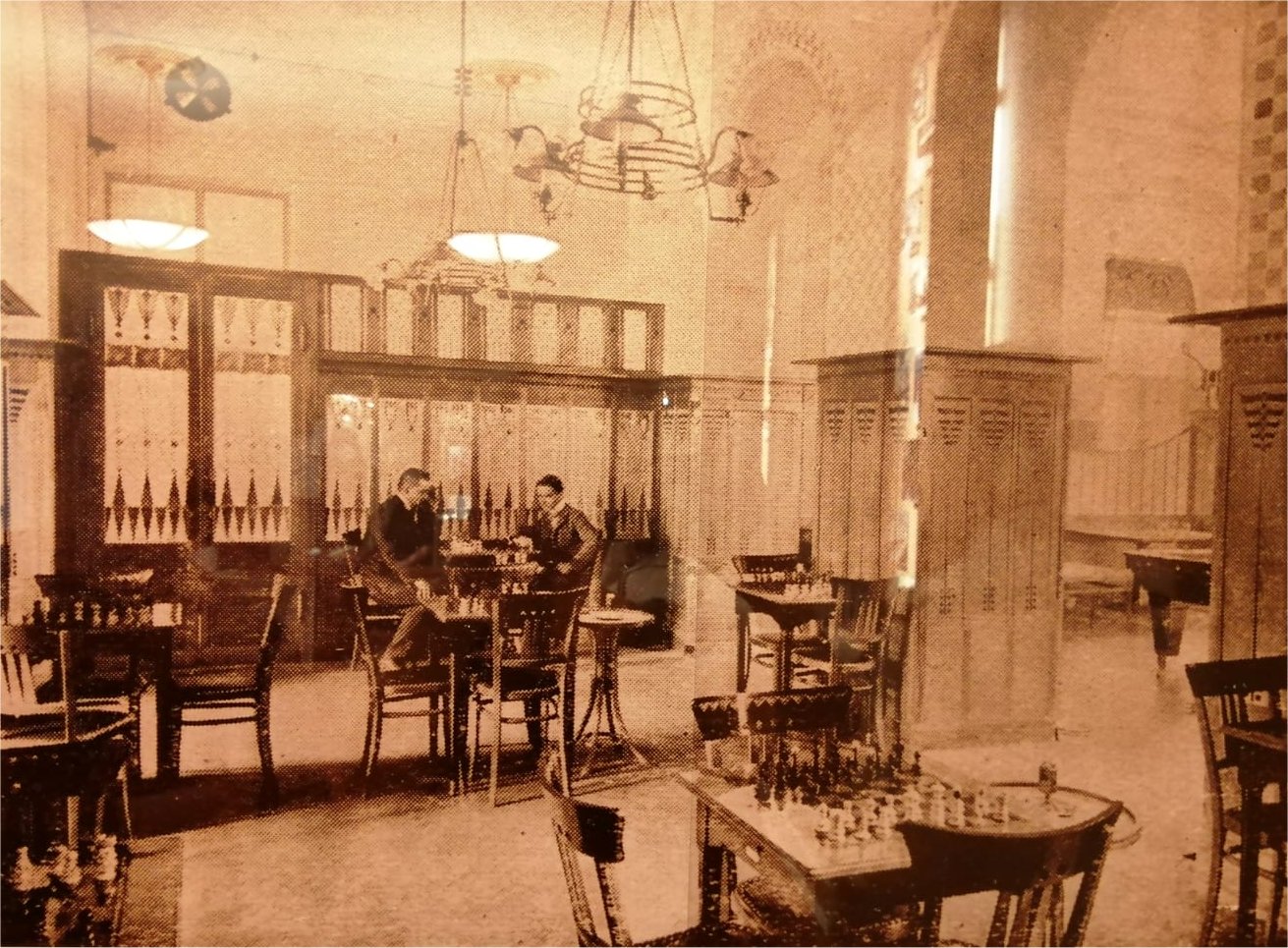
Picture in the Café Louvre, reminiscent of the chess café days
Not far from Café Louvre is U Nováků, another formerly famous chess café. The 4th Chess Olympiad was held there from 12 to 26 July 1931, the only Chess Olympiad to be held in a chess café. Numerous chess legends came to Prague and at the end of the strong and evenly matched Olympiad the gold medal went to the USA team, who finished just ahead of Poland and Czechoslovakia.
Isaac Kashdan played board 1 for the USA, Poland had Akiba Rubinstein and Savielly Tartakower on the first two boards and Salo Flohr represented Czechoslovakia on the top board. However, the best result on the first board was achieved by the then World Champion Alexander Alekhine, playing for France, who scored 13.5 points from 18 games (+10, =7, -1). Efim Boguljubow, Germany's board 1, won the silver medal on the first board with 12.5 out of 17.
On this DVD GMs Rogozenco, Marin, Müller, and IM Reeh present outstanding games, stunning combinations and exemplary endgames by Alekhine. And they invite you to improve your knowledge with the help of video lectures, annotated games and interactive tests
The U Nováků still exists today, but chess is no longer played there.
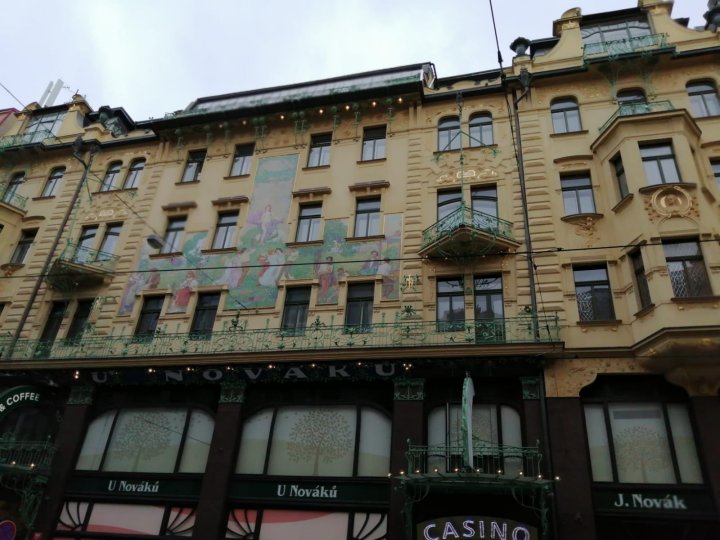
U Nováků today| Photo: Claudia Mätzold
Another sight that brings the flair of Prague's past to life is the Lucerna Passage at Vodičkova 704/36, also close to Wenceslas Square. Built between 1907 and 1921, it is considered a prime example of early modernist architecture. In the so-called "Velký Sál", the "Great Hall" of the Lucerna Passage, Mihail Tal played a simul in 1961, which is still remembered by many Prague chess players.

Mihail Tal at the simul in Prague | Photo: Archive Pavel Matocha
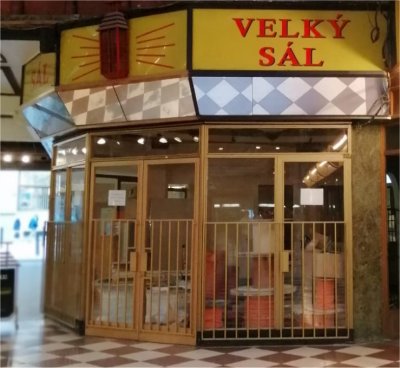
Entry to the Velký Sál | Photo: Claudia Mätzold
Chess has also been played on the roof of the building that houses the Lucerna Passage. Pavel Matocha, the organiser of many original chess events, once organised a simul match there. Matocha knows how to combine the sights and attractions of Prague with chess. Since 2003 he has regularly organised matches as part of the CEZ Trophy, in which top Czech players compete against top international players. The first of these competitions pitted 72-year-old Viktor Korchnoi against 18-year-old David Navara. Navara won the two-game match 1.5-0.5.
These matches now have a long tradition and 20 years later, in June 2023, Alexei Shirov faced the young Czech Thai Dan Van Nguyen in a rapid chess match over eight games. After a thrilling match, Shirov won 5-3.
The match was played in the historic Gregr Hall of Prague's Municipal House, where Czechoslovakia's Declaration of Independence was signed in 1918. After his match against Nguyen, Shirov played a simul game there and said afterwards that he had never played a simul in a more beautiful room.
The traces of chess history in the Lucerna Passage are inconspicuous, quite unlike the large statue in the building, which shows a rider on a horse hanging upside down from the ceiling.
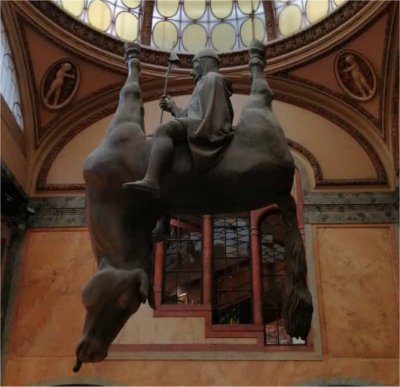
"St Wenceslas on a dead horse" by David Černý | Photo: Claudia Mätzold
The sculpture was created by Prague artist David Černý and parodies the famous statue of Emperor Wenceslas, which stands in Prague's Wenceslas Square and attracts hundreds of tourists every day.
Černý has created many sensational works. For example, the "Ausreisedenkmal" (Monument to Emigration), which stands in front of the German Embassy in Prague, a four-wheeled Trabi commemorating the year 1989, when many East Germans tried to reach the West via Czechoslovakia in the summer before the fall of the Berlin Wall on 9 November.
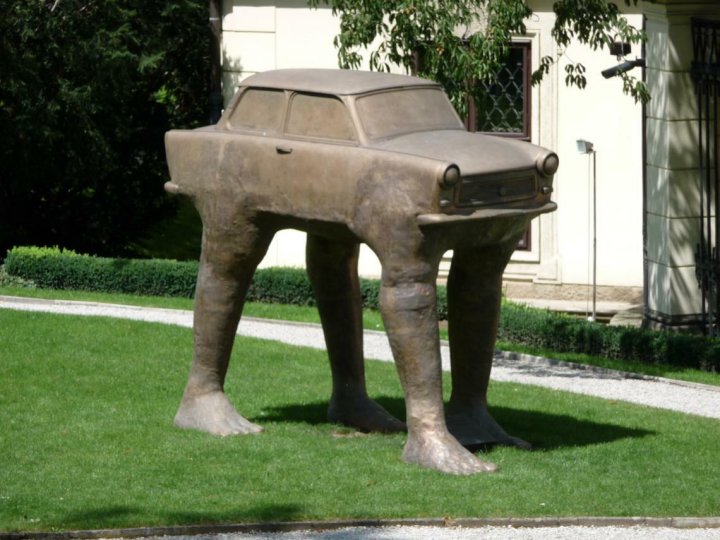
"Ausreisedenkmal" | Photo: Jürgen Regel, Marian... | Wikipedia
The giant sculptures of children crawling up and down the Prague TV tower were also created by Černý.
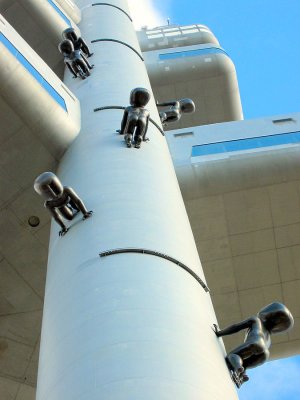
Photo: Wayne Noffsinger, Wikipedia
At a height of 134 metres, the TV tower is a landmark of the city and lights up at night in red, blue and white, the colours of the Czech flag.
Not far from the former U Nováků chess café, directly above the Národní metro station, stands perhaps Černý's most famous work. Completed in November 2014, it is an eleven-metre-high, 39-tonne sculpture of Franz Kafka's head, which is constantly in motion thanks to 42 moving structures.
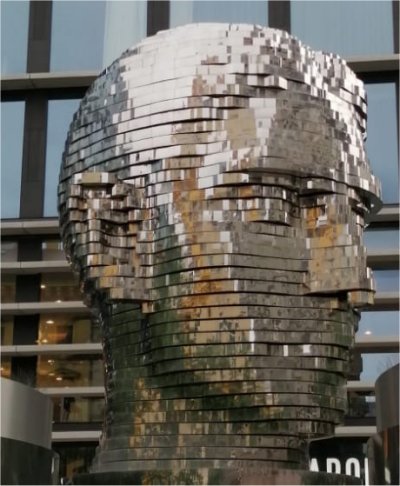
Photo: Claudia Mätzold
This perpetual motion can be seen as an allusion to the story "The Metamorphosis", one of Kafka's most famous stories. Kafka was born in Prague on 3 July 1883 and died of tuberculosis shortly before his 41st birthday on 3 June 1924 in the Hoffmann Sanatorium in Kierling near Klosterneuburg in Austria.
However, the famous writer is buried in the new Jewish cemetery in Prague's Žižkov district, directly opposite the Hotel Giovanni, the venue of the Prague Chess Festival since 2019. The 6th edition of the Chess Festival will take place from 26 February to 7 February 2024 and once again invites you to play chess in Prague and visit the city's many sights.
Website of the Prague Chess Festival...
.jpeg)

































